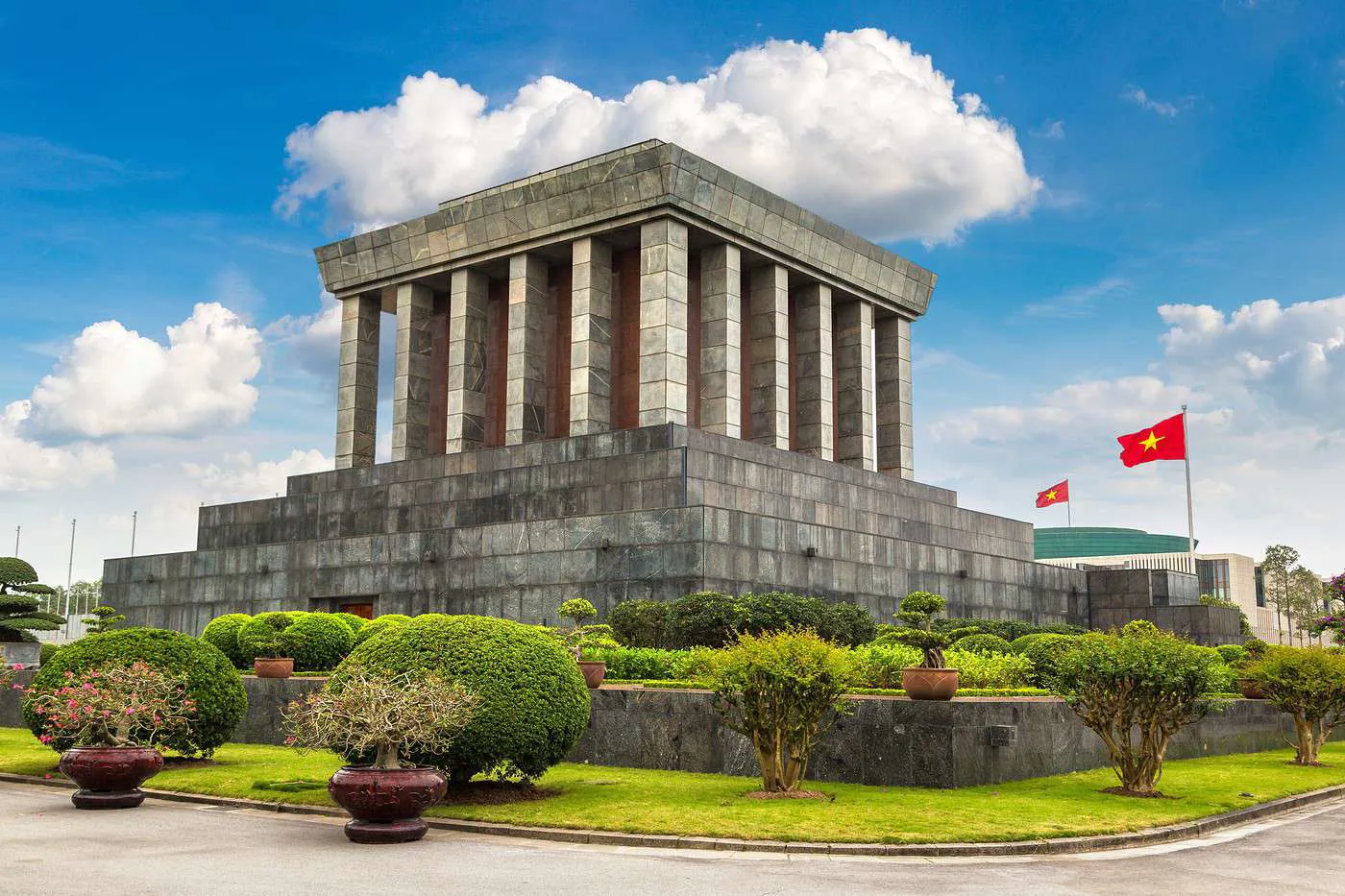
A visit to the Ho Chi Minh Mausoleum Complex offers a profound experience, allowing visitors to pay respects to Vietnam's revered revolutionary leader, Ho Chi Minh, often affectionately known as 'Uncle Ho'. Located in the vast Ba Dinh Square, where Ho Chi Minh declared Vietnam's independence in 1945, this significant site stands as a major historical and political landmark in Hanoi. Understanding the complex and the legacy of the man it commemorates is crucial for anyone seeking insight into modern Vietnamese history and the nation's identity.
The complex encompasses several key attractions, each offering a different perspective on Ho Chi Minh and Vietnam's history. The centrepiece is the imposing granite Mausoleum itself, where Ho Chi Minh's embalmed body lies in state (viewing is subject to strict rules regarding dress code, behaviour, photography, and opening hours, which vary and include an annual closure – always check current times before visiting as of April 2025). Nearby, visitors can explore Ho Chi Minh's simple Stilt House, where he lived and worked from 1958 until his passing, offering a stark contrast to the nearby grandeur of the Presidential Palace (generally viewed from the outside). Also within the complex are the informative Ho Chi Minh Museum, detailing his life and revolutionary journey, and the unique, lotus-shaped One Pillar Pagoda, an ancient Buddhist temple rebuilt several times.
Visiting the Ho Chi Minh Mausoleum Complex is more than just sightseeing; it's an immersion into the heart of modern Vietnam's narrative. The atmosphere, particularly around the Mausoleum itself, is typically solemn and deeply respectful, reflecting the high regard in which Ho Chi Minh is held by many Vietnamese people. Allow ample time (at least half a day) to explore the various components within the expansive grounds. A visit here provides an essential understanding of the leader who shaped 20th-century Vietnam and remains a powerful symbol for the nation today.